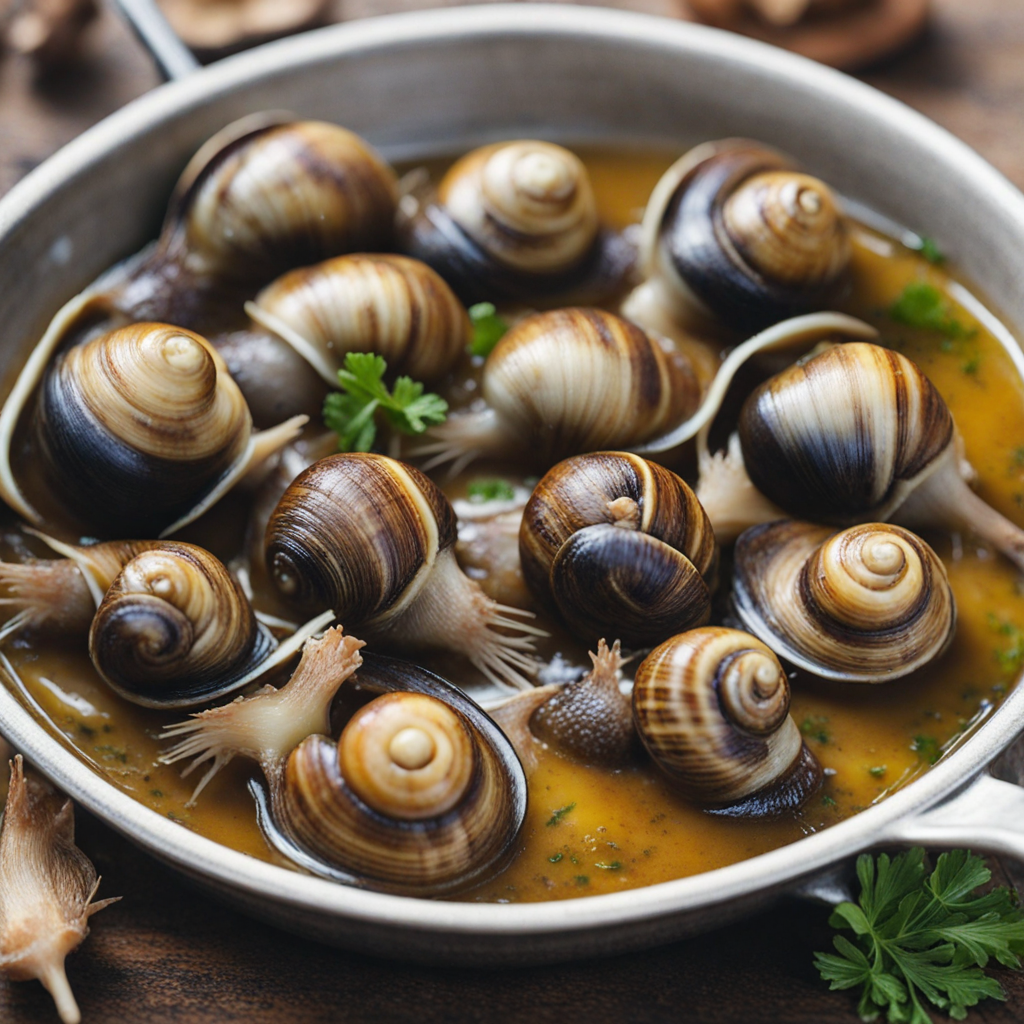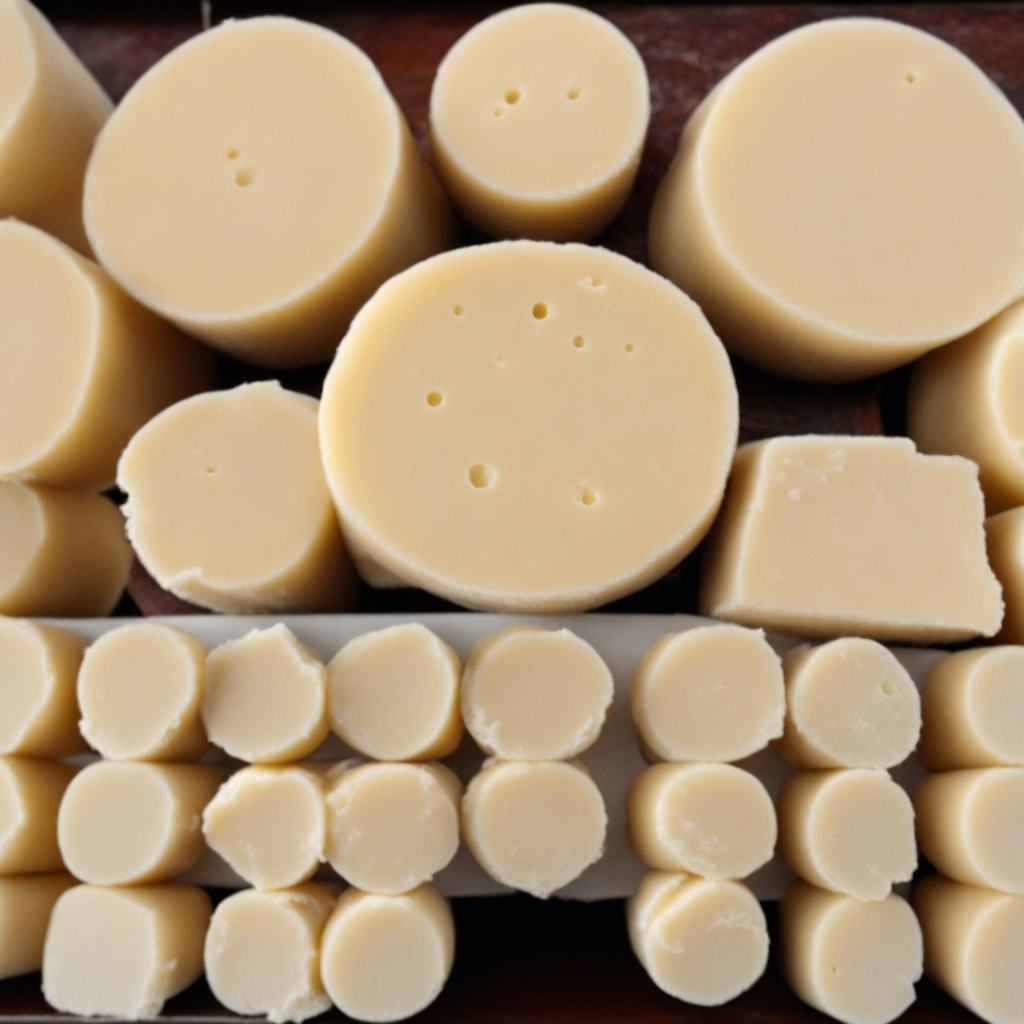Honey Rings
Honey Rings, or "Ħelwa tat-Tork," are a delightful Maltese confection that beautifully encapsulates the island's rich culinary heritage. These sweet treats are characterized by their round shape, resembling rings, and are typically made from a blend of honey, sugar, and flour, which creates a chewy yet satisfying texture. The dough is often flavored with spices like cinnamon and anise, lending a warm, aromatic quality that enhances the overall taste. Once baked, the rings are often coated in a light dusting of powdered sugar, adding an elegant finish to their golden exterior. Each bite of Honey Rings offers a harmonious balance of sweetness from the honey and sugar, complemented by the warm, fragrant spices. The honey not only contributes to the flavor but also gives the rings a distinct stickiness that makes them truly memorable. Traditionally enjoyed during festive occasions or as a treat with tea or coffee, these rings evoke a sense of nostalgia and are a beloved snack among locals and visitors alike. The simplicity of the ingredients belies the depth of flavor and texture, making them a must-try for anyone looking to explore Maltese sweets. What sets Honey Rings apart is their versatility; they can be enjoyed on their own or paired with a variety of accompaniments. Some people prefer them with a side of fresh fruit, while others enjoy them with a dollop of ricotta cheese for a creamy contrast. The cultural significance of Honey Rings is also notable, as they reflect the importance of honey in Maltese cuisine, which has been cherished for centuries. Overall, tasting Honey Rings is not just about enjoying a sweet treat; it's an experience that connects you with the rich history and flavors of Malta.
How It Became This Dish
Qaghaq ta' l-Ghasel: A Sweet Journey Through Maltese Culinary Heritage Origins and Historical Context Qaghaq ta' l-Ghasel, or "Honey Ring," is a traditional Maltese pastry that embodies the island's rich history and cultural fusion. Its origins can be traced back to the medieval period when Malta was a crossroads of various civilizations, including the Phoenicians, Romans, Arabs, and later the Knights of St. John. Each of these cultures contributed to the culinary landscape of Malta, introducing new ingredients and cooking techniques. The term "Qaghaq" refers to a ring or circular shape, while "Ghasel" translates to honey. The pastry is essentially a sweet ring filled with a mixture of honey, nuts, and spices, often topped with sesame seeds. The use of honey in this pastry is particularly significant, as it has been a staple sweetener in Maltese cuisine since ancient times, especially since the Knights of St. John promoted beekeeping on the islands. Cultural Significance Qaghaq ta' l-Ghasel is more than just a dessert; it is a cultural symbol of Malta's agrarian past and festive traditions. The pastry is commonly associated with the celebration of the feast of St. Martin, which takes place in early November. This festival is a time for family gatherings and communal feasting, and Qaghaq ta' l-Ghasel is often prepared in large quantities to share among friends and relatives. Traditionally, the pastry was made by hand, passed down through generations of Maltese families. The act of preparing Qaghaq ta' l-Ghasel is not only a culinary endeavor but also a bonding experience, as family members come together to create these sweet rings. This communal spirit reflects the broader Maltese culture, where food plays a central role in social gatherings and celebrations. Development Over Time The recipe for Qaghaq ta' l-Ghasel has evolved over the centuries, reflecting changing tastes and available ingredients. Originally, the filling was simple, consisting primarily of honey and nuts. As trade routes expanded and new ingredients became accessible, the recipe began to incorporate spices such as cinnamon and cloves, which added complexity to the flavor profile. During the British colonial period in the 19th century, Malta experienced an influx of new culinary influences. This period saw the introduction of new techniques and baking methods, which further refined the preparation of Qaghaq ta' l-Ghasel. The pastry became more widely available, transitioning from a homemade delicacy to a staple found in bakeries across the islands. In contemporary Malta, Qaghaq ta' l-Ghasel remains a beloved treat, enjoyed not only during the feast of St. Martin but also throughout the year. Modern bakers have experimented with the traditional recipe, introducing variations that cater to evolving palates. While the classic version remains popular, some versions now include chocolate or fruit fillings, offering a modern twist on this historical pastry. Symbol of Resilience and Identity In recent years, Qaghaq ta' l-Ghasel has taken on new significance as a symbol of Maltese identity and resilience. As Malta continues to navigate globalization and the influences of modern life, traditional foods like Qaghaq ta' l-Ghasel serve as a reminder of the island's rich heritage. The preservation of such recipes has become a means of cultural expression, with initiatives aimed at promoting traditional Maltese cuisine gaining momentum. Culinary festivals and events celebrating local food culture have emerged, spotlighting Qaghaq ta' l-Ghasel as a quintessential Maltese dish. Chefs and home cooks alike are encouraged to explore and innovate while honoring the traditional methods that have defined this pastry for centuries. Conclusion Qaghaq ta' l-Ghasel is more than a simple pastry; it is a delicious testament to Malta's multifaceted history, cultural significance, and the evolution of its culinary practices. From its ancient roots to its modern interpretations, this sweet ring encapsulates the spirit of Malta—a blend of traditions, flavors, and communal experiences that continue to thrive today. As you savor a piece of Qaghaq ta' l-Ghasel, you are not just indulging in a delightful treat; you are participating in a rich tapestry of history, culture, and community that has been woven through generations of Maltese life. This pastry stands as a sweet reminder of Malta's enduring legacy, celebrating both its past and its vibrant present.
You may like
Discover local flavors from Malta







